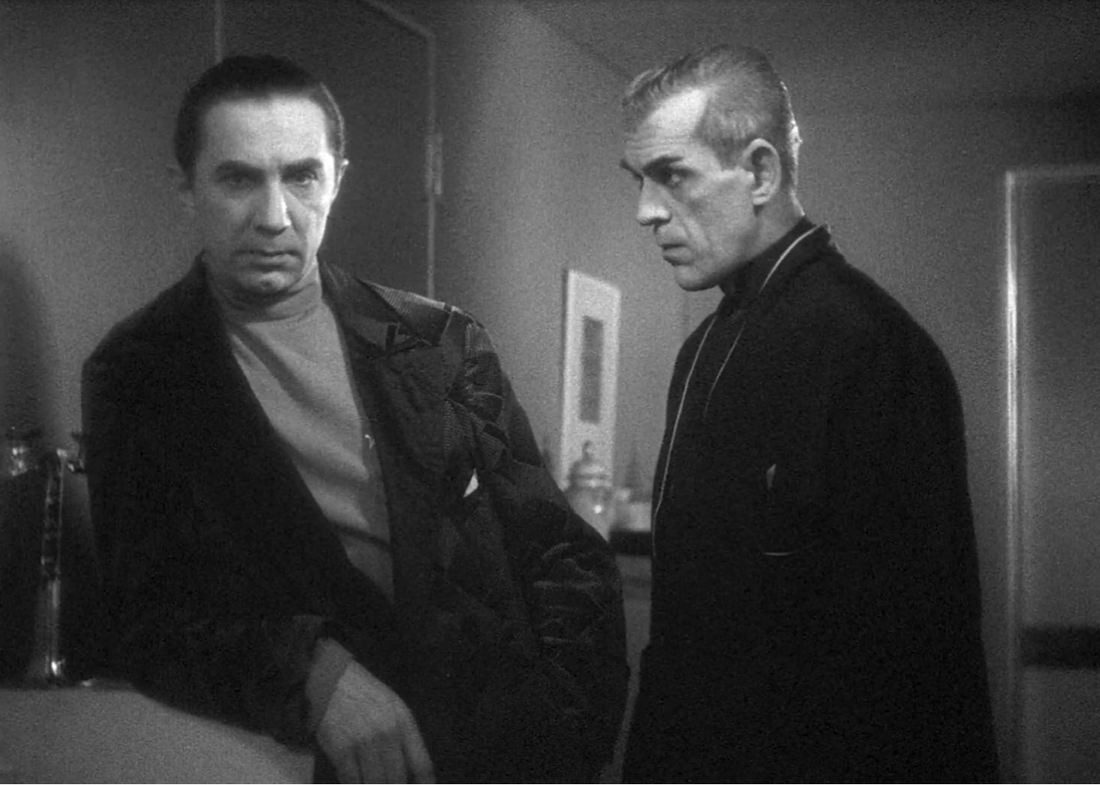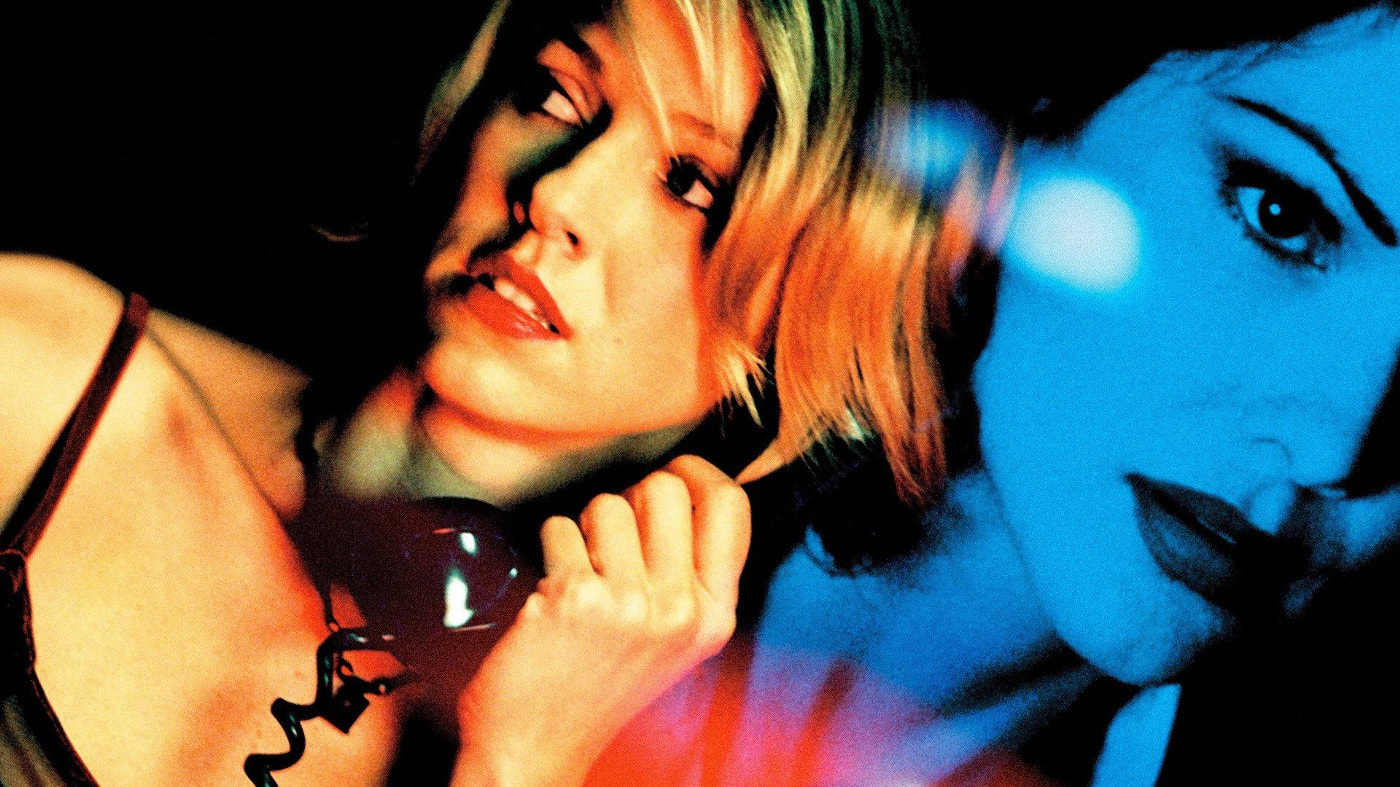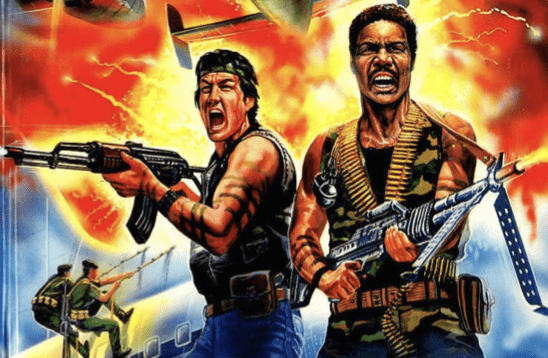
When I was young I went to summer camp on a beautiful lake in the Adirondacks. I spent a lot of time on the lake and I noticed that there was a big difference between paddling in a kayak and rowing in a rowboat. When you row in a rowboat you face backwards and can see how far you are getting from shore. In a kayak you face forward and it is very easy to lose track of how far you have gone. Somehow this became a central metaphor in my life. Sometimes I am suddenly confronted with how far I have strayed. I remember discovering Chomsky and Foucault and all those radicals and just happily immersing myself in all that stimulating material. Then one day I tried to have a conversation with someone and I found I was way, way out of the mainstream. Without realizing it I had wandered off to some fringe place where I had become an outlier.
As a cinephile I like to think of myself as open to the wonderfully diverse world of movies. I don’t think of myself as a snob. I watch Ed Wood, and Herschel Gordon Lewis movies along side Tarkovsky and Béla Tarr but although I mix the best and the worst that cinema has to offer I didn’t fully realize that most films belong to an enormous nondescript middle. I’ve seen thousands of movies but they are mostly on the margins. Plenty of Ingmar Bergman and Russ Meyers but not much Ron Howard or Michael Bay.
I went to see the last of the 9 Star Wars films last night. I saw the first one when I was nine years old. I was different then, the world was different, cinema was different. I loved the The New Hope when I first saw it. Everyone I knew loved it. We had never seen anything like it. When they made dolls of the characters I don’t think anyone had seen that before either. I guess my neighbor had the Planet of the Apes dolls but the Star Wars merchandizing juggernaut of trading cards, T-shirts, silk screened glasses at a Burger King, R2D2 cookie jars, plastic telescoping light sabers and the million other tie-ins was only just beginning. I remember that year Halloween was one big Star Wars convention. Star Wars wasn’t just a film it was a fetishized community. If only I had kept my jawa action figure with its vinyl cape it would be worth $16,500 on eBay today. (not a joke, actual appraisal)
When I was 9 there was no internet or even personal computers. There were no VCRs. You could only watch movies in the theaters or when television channels chose to show you another Abbot and Costello or Three Stooges movie. No video games either. Oh, and we hadn’t yet elected an actor from California or a game show host from New York to be president. The world in which I saw Star Wars was a significantly different place.

I’m 51 now and last night when I went to see The Rise of Skywalker. It was preceded by commercials for car insurance, Sprite and prescription medications. They were then followed by an exhausting number of trailers. I couldn’t imagine seeing any of the movies advertised: Jumanji 3, Cats, Frozen 2, Dolittle, My Spy, Bad Boys For Life, Wonder Woman 2, and Sonic The Hedgehog. I could feel the water gently rocking my kayak as I watched from a great distance.
In the academic film world there is a pretty well accepted generalization that when film took hold in Russia it was seen as a propaganda tool as opposed to Germany and France where it was seen as an art form and in America it was seen as entertainment. I’m sure Eisenstein would have a lot to say about how films like Star Wars and Harry Potter reflect capitalist ideology. They promote aggressive, competitive, individualism at the cost of communal values. Joseph Campbell would see it all as the same hero’s journey replayed by a thousand different faces. Never mind that all the faces have perfect teeth and high check bones.
The most popular films in American history all depict larger than life events. AMC Filmsite has a list of the most popular movies measured by ticket sales and adjusted for inflation. The top twenty are:
Gone With the Wind (1939)
Star Wars: Episode IV — A New Hope (1977)
The Sound of Music (1965)
E. T. The Extra-Terrestrial (1982)
Titanic (1997)
The Ten Commandments (1956)
Jaws (1975)
Doctor Zhivago (1965)
The Exorcist (1973)
Snow White and the Seven Dwarfs (1937)
Star Wars: Episode VII — The Force Awakens (2015)
101 Dalmatians (1961)
Star Wars: Episode V — The Empire Strikes Back (1980)
Ben-Hur (1959)
Avatar (2009)
Avengers: Endgame (2019)
Star Wars: Episode VI — Return of the Jedi (1983)
Jurassic Park (1993)
Star Wars: Episode I — The Phantom Menace (1999)
The Lion King (1994)
These are not intimate human dramas like Kramer vs Kramer, Terms of Endearment, Nebraska, Moonlight, or Eight Grade. The majority of the most popular movies are grand in scale. To get a big crowd, you need a big screen with a big story.

The Rise of Skywalker wasn’t so bad. I was surprised at how much the series repeated itself, but you don’t go to a hero’s journey movie to see something unpredictable. I remember that in 1977 the special effects were a major factor in the enjoyment of A New Hope. I was dazzled by the Lucas’ ability to create life-like science fiction. Now with CGI it’s a different experience. The imagery is still impressive but it is sort of taken for granted.
Bear with me while I free associate a little. One of the interesting changes that microphones brought about is the ability to depict subtlety. Part of the reason opera sounds the way it does is that it comes from a pre-microphone age. The singing style of Billie Holiday would be inaudible in a theater or club without a microphone. Billy Holiday’s intimate, soulful voice invites personal connections whereas Tosca’s operatic projection may insight drama but it is hardly intimate. Perhaps Opera’s lack of subtlety is not just for want of volume. Maybe the size of the gesture provides gravitas, or presence. The loud high C that marks the climax of most romantic arias is a point of drama. A big drama on stage can elicit a big emotional response in the viewer.
One of the ideas behind Buddhist meditation is that through the stillness and silence we are able to better discern the subtle disturbances in our psyche and realize when we are losing equanimity. The idea is that if we are getting angry or upset we are often unaware of the building energy and only realize we are out of balance when it is too late and we are overwhelmed by the emotion. By cultivating sensitivity we learn to sense when something is wrong much earlier and address it. Sounds like the force doesn’t it.
Perhaps these outsized films are an easy way to bypass all the introspective subtlety and revel in an orgy of easy stimulation. We are bludgeoned with big explosions, big boobs, and big drama so we don’t have to do any work. What this does is make us passive receivers of sensationalism. Instead of having to read into something, or interpret something or see past an unreliable narrator, we just sit and watch. We have no role to play.
I’m glad that I have finished the The Star Wars series. It was very uneven in quality, but I have been very uneven in my relationship as a viewer. I began the journey as a preteen in the 70s and now I’m a middle aged dad in 2019. I wonder if the 51 year old me would have been impressed with The New Hope or if the 9 year old me would have loved The Rise of Skywalker. Me and the movie are moving targets. Me because I change and grow and the film because of its context.
I saw George Lucas’ THX 1138 when I was around 22, as much as 20 years after its release. I watched it on a DVD on a small television. I found it deeply disturbing. Its strange to think that just 6 years before making Star Wars Lucas could make something so grim. Star Wars has dystopic elements but THX 1138 is far darker and more personal. The films gravity and seriousness lend it a sense of substance that might eclipse Star Wars, but I have seen the original Star Wars trilogy countless times, and I have only watched THX 1138 twice. The difference lies in the entertainment value.

Karl Marx set up two measures of value, use value and exchange value. The two values are often in opposition. Use value comes from the use of the object in question whereas exchange value is how much money you can get for it. Eat an apple and you harvest its use value, sell an apple and you reap it exchange value. The use value of a film to its maker is difficult to define. It is a means of expression, a means of communication, a way to be creative. The film’s exchange value is more concrete and can be enormous. Often the more money to be gained the less control the filmmaker has. Marvel doesn’t give 200 million dollars to make the next Iron Man movie to some director and then allow him complete freedom to express his vision.
J.J. Abrahams was given 175 million dollars to make The Rise of Skywalker. You could probably eradicate hunger and homelessness in the entire city of Hollywood for that amount, but then you wouldn’t turn a profit. I don’t know what his personal relationship to the film was but even if he felt close to it he can hardly be seen as the auteur. A film like this takes hundreds of people to make. It is not one person’s vision it is a cultural production created as much by market forces as by a script.
I’m not writing a review here. I’m not really sure what I am writing and it probably shows. This is a rumination on the thoughts and feelings I had while watching the film. I suppose that speaks to film’s inability to hold my attention, but at this point it is hard to concentrate on a film that has so much context. It is outshone by its own aura.If you enjoyed this article click here for more
www.filmofileshideout.com/archives/dont-miss-gantz



